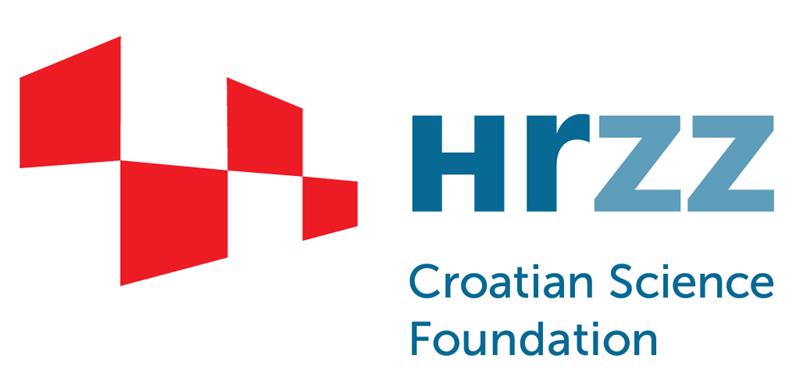The Langlands program is one of the central parts of number theory,
but also the mathematics as a whole. It is a complicated, yet natural,
system of conjectures and expected correspondences which predicts deep
functorial (algebraic) relationship between number theory (Galois representations),
mathematical analysis (automorphic and modular forms) and geometry
(elliptic curves, Shimura varieties, cohomology). The research in this project
is mostly directed towards analytic aspects of the Langlands program.
The main problems are concerned with the understanding of the structure of spaces of
modular and automorphic forms on reductive algebraic groups defined over an algebraic
number field, as well as the explicit constructions of non-trivial modular and
automorphic forms. The representation theory over global and local fields is not only
a convenient tool for the algebraic description of those structures, but also a separate
field of research, especially in view of the non-commutative harmonic analysis and
unitarizability. Within the field of the project, the main problems are the thorough
understanding of the structure of parabolically induced representations, classification
of unitary and other classes of representations, with special emphasis on the representations
of classical p-adic groups. The understanding of the structure of spaces of automorphic forms,
and their explicit constructions, have important geometric applications such as the description
of the automorphic cohomology, the cohomology of arithmetic groups, and explicit constructions
of cohomology classes. The research in that direction is also part of the project.
SMART-Langlands:
Spaces of Modular and Automorphic Forms and Representation Theory within the Framework
of the Langlands Program
Research project no. HRZZ-IP-2022-10-4615
supported by the
Croatian Science Foundation
